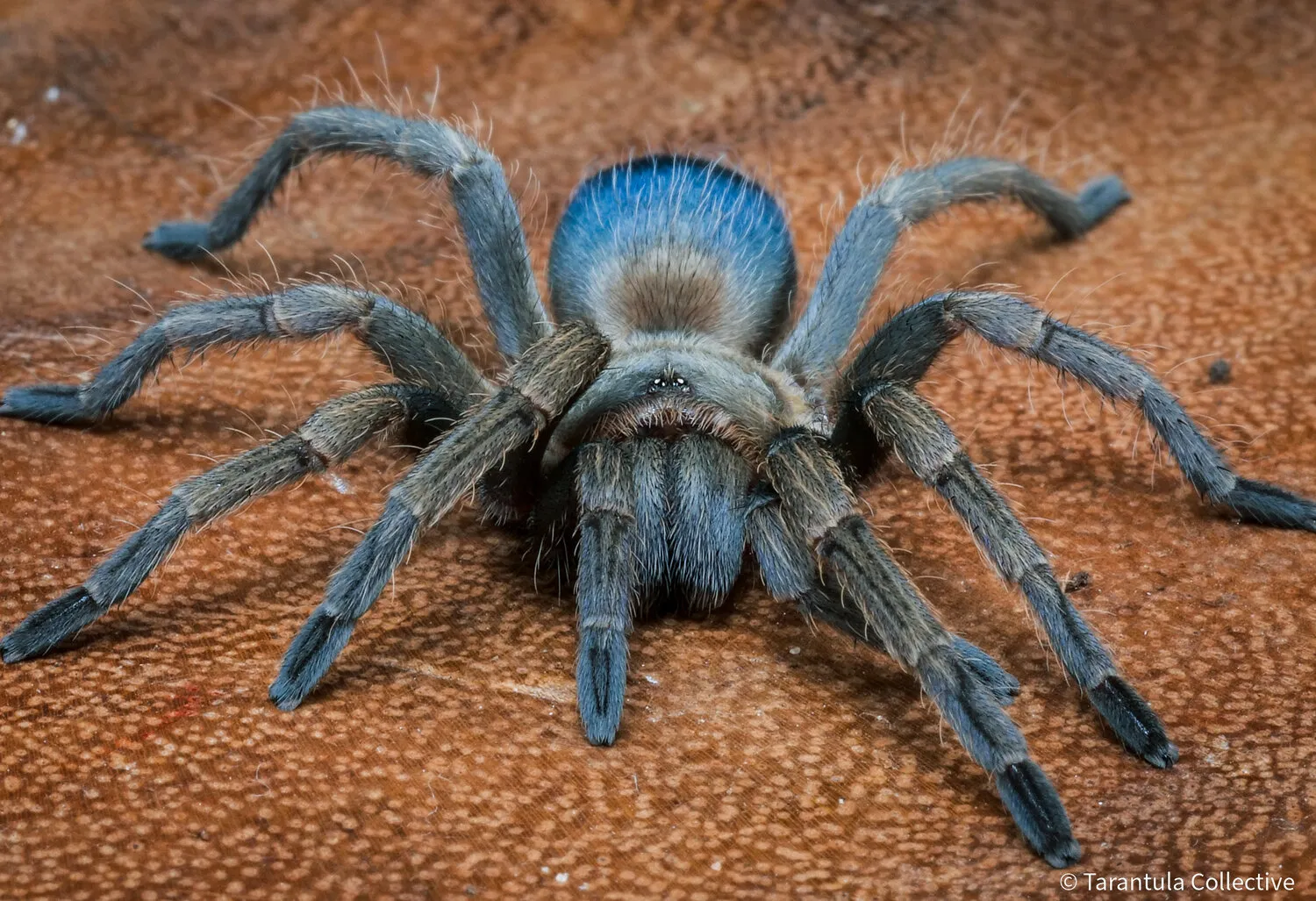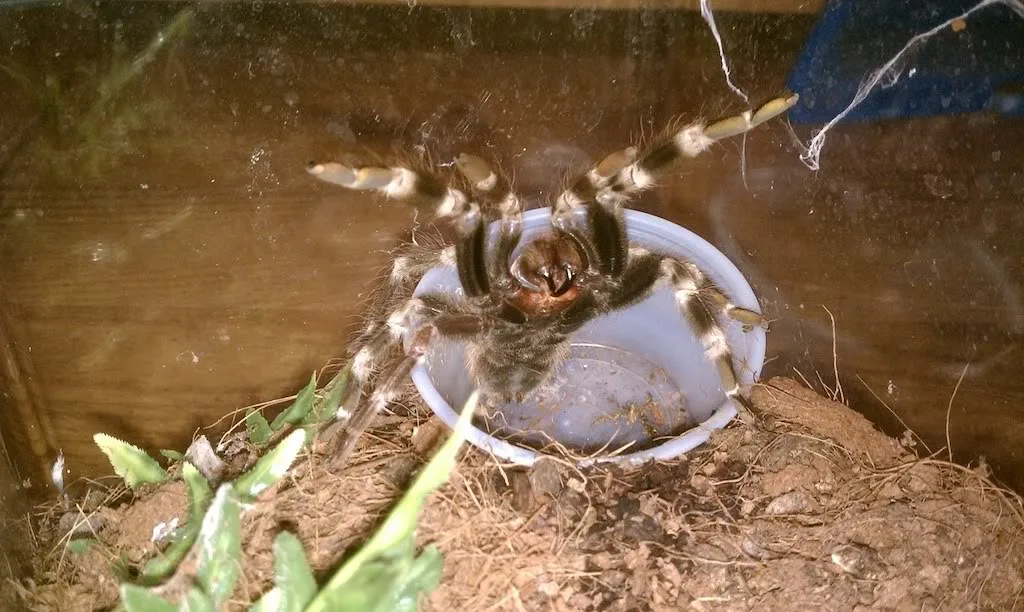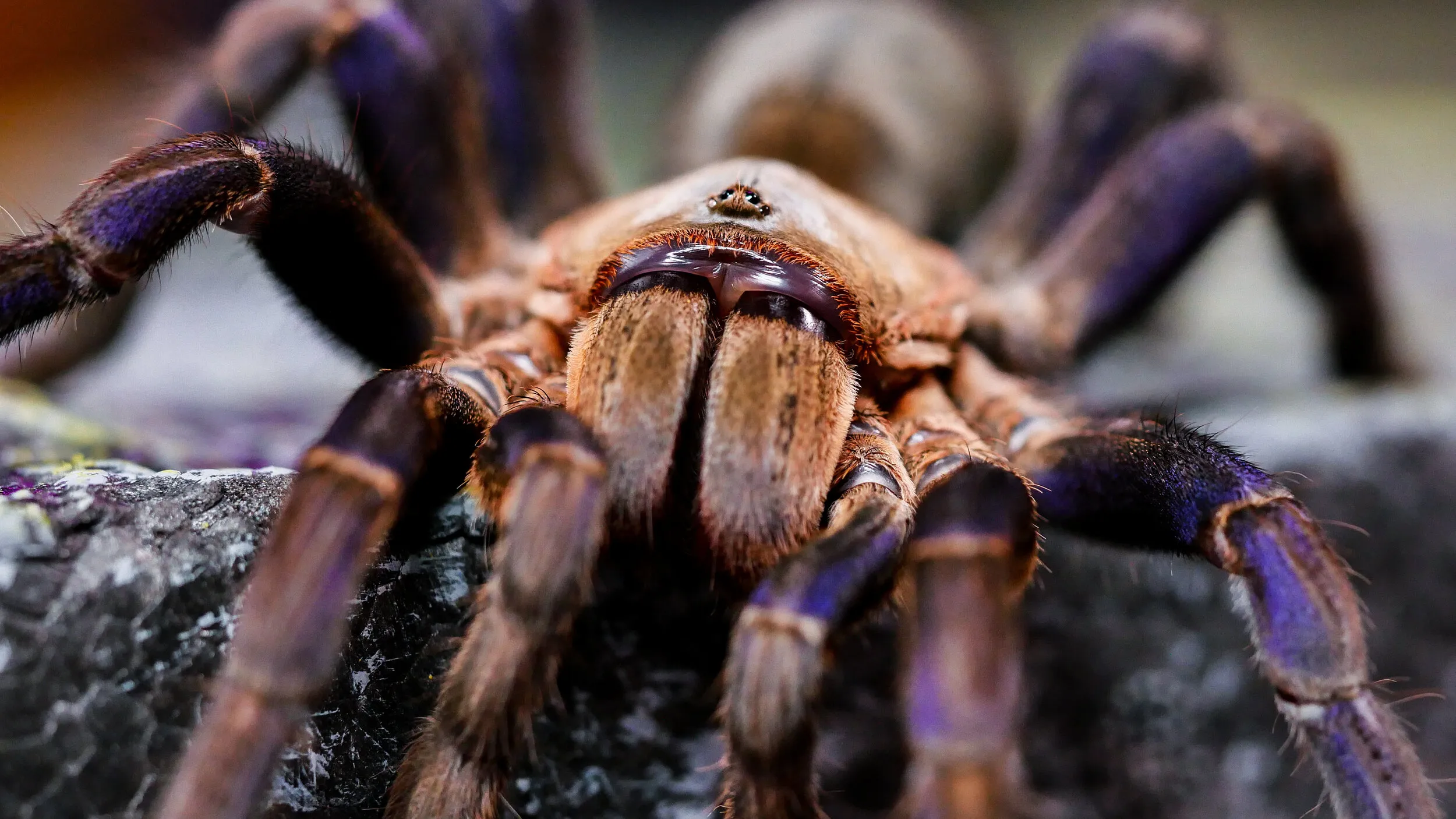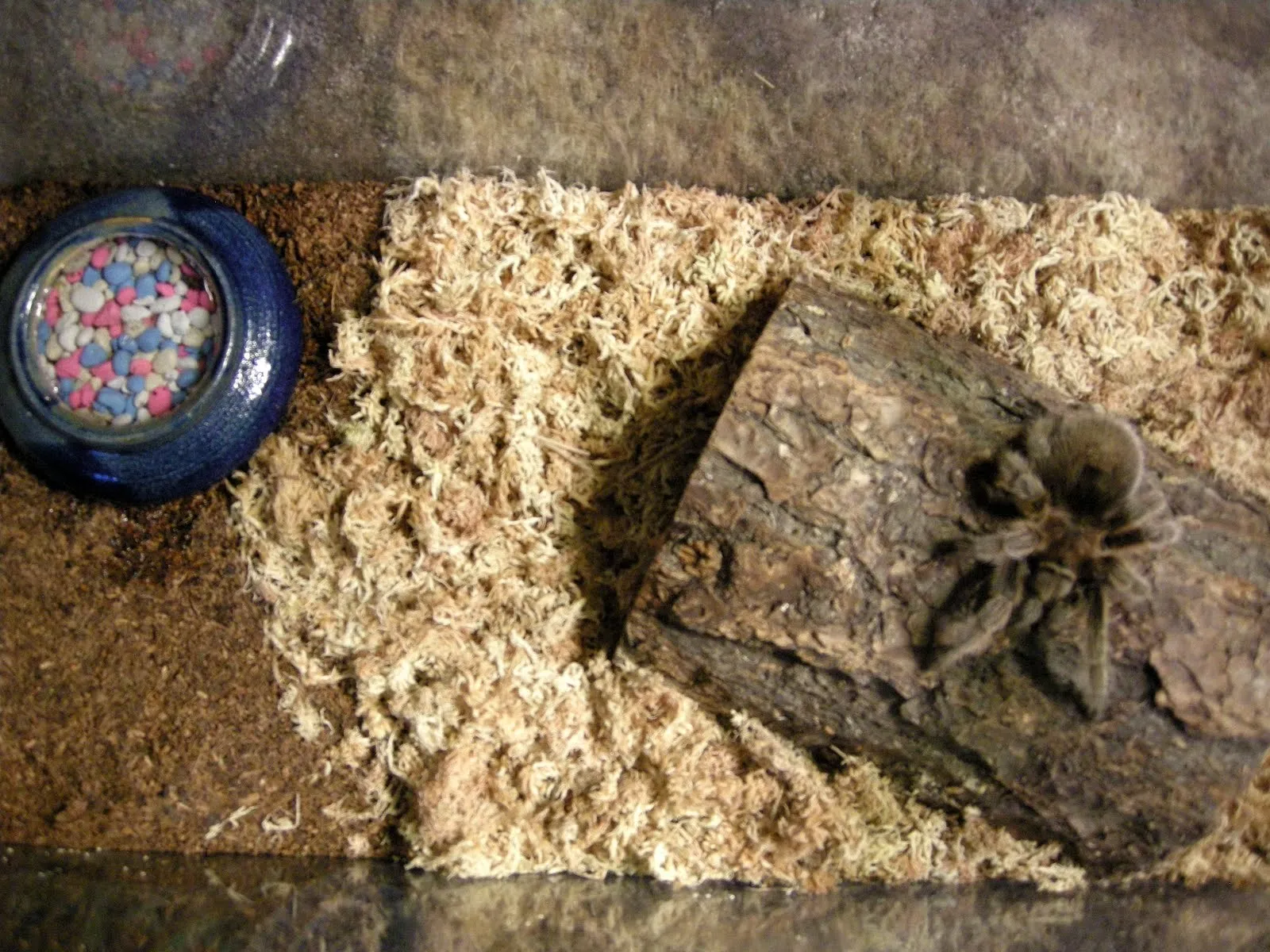Choosing the Right Tarantula
Embarking on the journey of tarantula ownership can be incredibly rewarding, but it’s crucial to start with the right species for your experience level and lifestyle. Tarantulas, while generally low-maintenance compared to many pets, still have specific needs that must be met to ensure their well-being. This guide offers a comprehensive look into the aspects you need to consider. Understanding these factors will make your experience of looking after a tarantula easier and more enjoyable.
Beginner-Friendly Tarantula Species
For beginners, certain tarantula species are more docile, hardier, and less likely to cause problems. Some excellent choices include the Chilean Rose Hair tarantula (Grammostola rosea), the Pinktoe tarantula (Avicularia avicularia), and the Curly Hair tarantula (Tliltocatl albopilosus). These species are generally slower-moving, less defensive, and more tolerant of environmental fluctuations, making them ideal for those new to tarantula care. Researching each species’ specific requirements is important, but these provide a good starting point for choosing your first pet tarantula.
Things to Consider Before Buying a Tarantula

Before bringing a tarantula home, consider the commitment involved. Tarantulas can live for many years, some females for over 20 years, so you should be ready to provide consistent care throughout their lifespan. Consider the space requirements, as you’ll need to set up an appropriate enclosure. Also, be aware of your local laws regarding exotic pet ownership. Finally, assess your comfort level with handling live insects, which are their primary food source. These considerations will set you up for a more pleasant experience.
Setting Up Your Tarantula’s Habitat
Creating a suitable habitat is paramount to the well-being of your tarantula. A well-designed enclosure mimics the natural environment of the tarantula, providing the necessary conditions for it to thrive. This involves choosing the right size and type of enclosure, selecting the appropriate substrate, and maintaining correct temperature and humidity levels. Providing hiding places is also crucial, as tarantulas are naturally secretive creatures that prefer to have a safe space to retreat to. Correct setup will ensure a healthy and happy tarantula.
The Ideal Enclosure Size
The size of the enclosure depends on the tarantula’s species and size. Generally, the enclosure should be at least twice as wide as the tarantula’s leg span and the height should be at least one-and-a-half times the leg span. A secure lid is essential to prevent escape. Consider whether your species is terrestrial, arboreal (tree-dwelling), or fossorial (burrowing), as this affects the enclosure type. Terrestrial species require more floor space, while arboreal species need height for climbing. Fossorial species need a deep substrate.
Substrate Selection and Setup

The substrate is the bedding material that covers the bottom of the enclosure. The substrate serves multiple purposes, including providing a place for the tarantula to burrow (if it’s a burrowing species), helping to maintain humidity, and absorbing waste. Suitable substrate options include coconut fiber, peat moss, and a mix of soil and vermiculite. Avoid using cedar or pine shavings, as they can be toxic to tarantulas. The depth of the substrate should be appropriate for the species’ needs; burrowing species need a deeper layer than terrestrial ones.
Temperature and Humidity Requirements
Tarantulas thrive in a specific range of temperature and humidity. Most species do well with temperatures between 75-85°F (24-29°C). You can use a heat lamp or a heat mat placed on the side of the enclosure to maintain the temperature. Humidity requirements vary depending on the species, but most tarantulas require a humidity level between 60-80%. You can monitor humidity with a hygrometer. Regularly misting the enclosure with water or providing a water dish will help maintain the necessary humidity levels. Make sure the enclosure is well-ventilated to prevent mold growth.
Providing Hiding Places
Tarantulas are solitary creatures that prefer to have a safe place to retreat to. Providing hiding places is essential for their well-being, as it reduces stress and allows them to feel secure. Suitable options include cork bark, artificial plants, and half-logs. The hiding place should be large enough for the tarantula to comfortably fit inside. Avoid placing the hiding place directly under the heat source, as this could lead to overheating. Always provide at least one hiding place and monitor to ensure it suits your tarantula’s size and habits.
Feeding Your Tarantula

Feeding is a fundamental aspect of tarantula care. Proper nutrition ensures your tarantula’s growth, health, and overall well-being. The type of food, the frequency of feeding, and the provision of clean water are all crucial considerations. This section covers all you need to know to ensure that your pet is well-fed.
What to Feed Your Tarantula
Tarantulas are primarily insectivores. The main food source should consist of live insects appropriate for their size. Good choices include crickets, dubia roaches, mealworms, and superworms. Avoid feeding wild-caught insects, as they may carry parasites or pesticides. The size of the prey should be roughly the same size as the tarantula’s abdomen or a little smaller. Ensure that the insects are gut-loaded (fed nutritious food) before offering them to your tarantula, to provide it with additional nutrients. Always remove any uneaten prey within 24 hours.
How Often to Feed Your Tarantula
Feeding frequency depends on the tarantula’s age, species, and size. Spiderlings and juvenile tarantulas typically require more frequent feeding, perhaps twice or three times a week. Adults can be fed once or twice a week, or even less frequently. Observe your tarantula’s behavior and abdomen size. A well-fed tarantula will have a rounded abdomen. If the abdomen appears thin or shrunken, it may need more food. Adjust feeding frequency based on your pet’s specific needs and behaviors. A tarantula that is about to molt may stop eating altogether.
Watering Your Tarantula

Clean, fresh water is essential for tarantula health. Provide a shallow water dish in the enclosure. The water dish should be easy to access and sized to prevent the tarantula from drowning. Always use dechlorinated water. Check the water dish daily and refill it as needed. For smaller tarantulas, you can provide water by misting the enclosure walls or substrate. Make sure the substrate is not consistently wet, which can lead to health problems. The proper watering will greatly increase the chances of a healthy pet.
Handling and Safety Precautions
While tarantulas are generally not aggressive, handling them carries risks. Tarantulas can bite, inject venom, and their urticating hairs can cause skin irritation. This section will provide clear guidelines on when and how to handle your tarantula safely.
When to Avoid Handling
There are several situations where handling your tarantula should be avoided. Avoid handling your tarantula immediately after a molt, as their exoskeletons are soft and vulnerable. Do not handle them if they appear stressed or defensive, indicated by a raised posture or flicking hairs. It’s best to avoid handling during feeding time or when the tarantula is about to molt. Finally, it’s wise to refrain from handling a tarantula if you are inexperienced or unsure of your abilities. If unsure, it is best to not handle.
Safe Handling Techniques

If you choose to handle your tarantula, do so with extreme caution. Always handle them close to the ground or a soft surface to prevent injury from a fall. Gently coax the tarantula onto your hand, allowing it to walk onto your palm rather than picking it up. Avoid sudden movements that might startle it. Wash your hands thoroughly before and after handling. Always supervise children when they are near tarantulas, and never let them handle the tarantula without direct adult supervision. By taking these measures, you can significantly reduce the risk of a bite or other issues.
Tarantula Health and Maintenance
Maintaining a healthy tarantula involves understanding their specific needs, recognizing signs of illness, and providing proper care. Regular observation, a clean environment, and a nutritious diet are essential for your pet’s well-being. This section provides guidance on how to keep your tarantula healthy and thriving.
Recognizing a Healthy Tarantula
A healthy tarantula exhibits several key characteristics. The abdomen should be plump, not shrunken. The tarantula should be active, exploring the enclosure and showing an interest in food. The legs and pedipalps should move freely, and the fangs should appear clean. The tarantula should be alert and responsive to its surroundings. A healthy tarantula will also typically have a good appetite and will readily consume food. Regular inspection will provide a base line for your tarantula’s health.
Dealing with Molting

Molting is a natural process where a tarantula sheds its exoskeleton to grow. During this time, the tarantula will typically stop eating and may become less active. The tarantula may also lie on its back. Do not disturb the tarantula during the molting process. Provide a humid environment to aid in the molting. After molting, the tarantula will be soft and vulnerable. Do not feed it for a week or so until the exoskeleton hardens. The molting process is critical to the growth and health of the tarantula.
Common Tarantula Health Issues
Tarantulas can be susceptible to certain health problems. Dehydration can occur if humidity levels are too low or if a water source is not available. Parasites, such as mites, can infest the tarantula or its enclosure. A bacterial infection can occur if the enclosure is not kept clean. Urticating hairs can cause skin irritation if they get on your skin. If you notice any signs of illness, such as lethargy, loss of appetite, or unusual behaviors, consult with a veterinarian experienced in exotic animals. Early intervention is key to successful treatment.
Tarantula Lifespan and Expectations
Understanding the lifespan of your tarantula helps you prepare for the long-term commitment involved in its care. Some tarantula species can live for several decades, with females often living longer than males. Knowing what to expect can help you manage your pet’s needs throughout its life. Providing proper care and a suitable environment are key to maximizing your tarantula’s lifespan. While it can be sad when a pet dies, knowing the natural lifespan will help with the passing of the pet.
In conclusion, caring for a tarantula is a fulfilling experience. By following these 101 easy guide tips, you can provide your tarantula with a healthy, enriching life. Remember to research the specific needs of the species you choose, and always prioritize their well-being. Enjoy the unique experience of sharing your life with these fascinating creatures!
